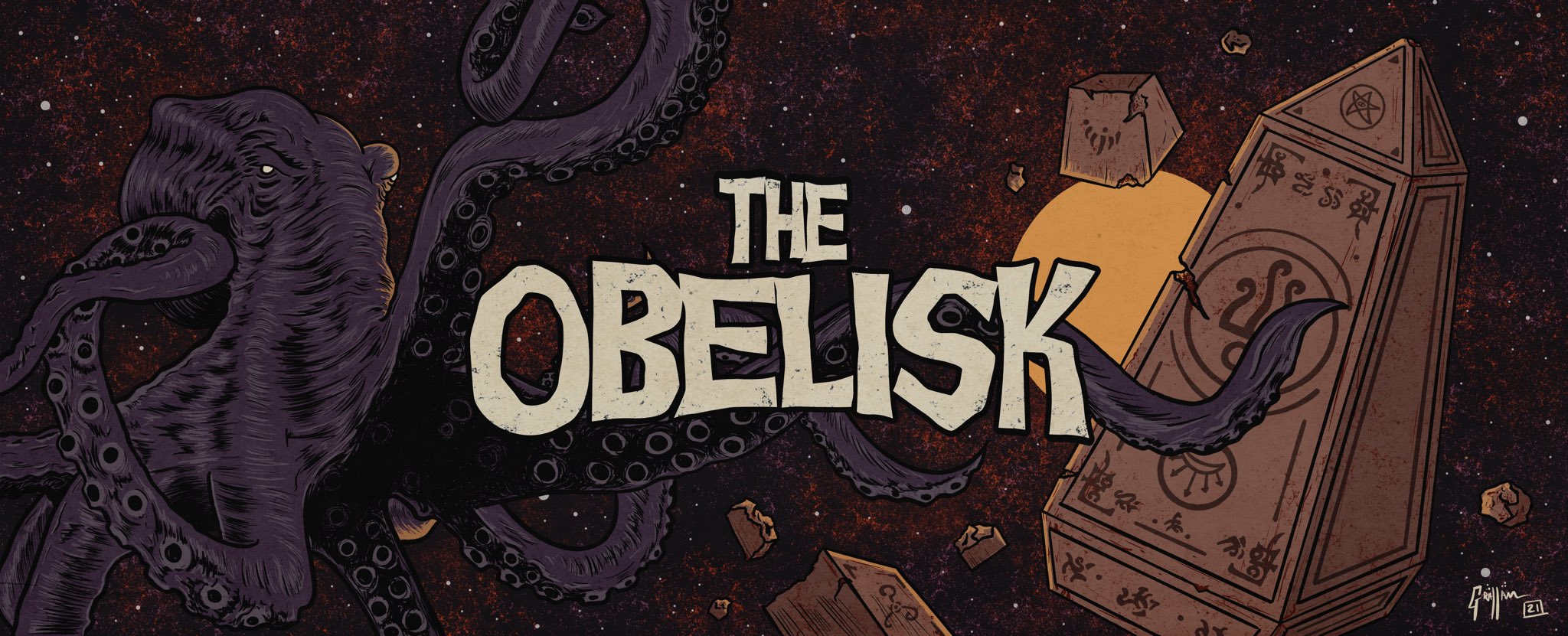Shiggajon, Sela: To Build a River
[NOTE: Press play above to hear the stream of Shiggajon’s Sela. Thanks to El Paraiso for letting me host the premiere.]
Danish collective Shiggajon issue a disclaimer as regards their sound, and it goes like this: “Shiggajon is not freejazz.” Fair enough. The truth of what they “are,” at least on their newest offering, Sela — also their first to be issued through Causa Sui‘s label, El Paraiso Records — is both more complicated and less off-putting. Jazz is part of it, freedom is part of it, but there’s also psychedelic exploration, jamming, experimental rock, ambient texturing and a deep-rooted improvisational sensibility that, in large part, defines the two included tracks, “Mæander” and “Sela,” each of which boasts sprawl enough to consume a vinyl side. Another part of what Shiggajon “are,” however, is amorphous.
Based around the duo of saxophonist Nikolai Brix Vartenberg and Mikkel Reher-Langberg, who on Sela handles drums, percussion and clarinet, the band has a revolving-door contributorship as well as a massively prolific level of output, including studio and live records, one-off CD-Rs and so on. Being hard to define is part of the trip. For “Mæander” (18:14) and “Sela” (18:29), they’re joined by violinist and double-bassist Emil Rothenborg, drummer Martin Aagaard Jensen, drummer, percussionist ang guitarist Mikkel Elzer and vocalist and silver flutist Sarah Lorraine Hepburn, who also donates electronics and tingshaws, the latter of which sets a major tone of pastoralism in the developmental stages of “Mæander,” along with Rothenborg‘s violin and various jingling bells.
Far back percussion — congas, maybe — gives a somewhat ritualized feel, and Hepburn‘s sans-lyrics vocal textures come presaged by an uptick in those bells, so there’s a plan at work on “Mæander,” though far more satisfying is the process of letting Shiggajon, whoever, wherever, whenever, whatever they are, construct the flow of the track and be carried along its multifaceted currents. Natural vibing is pervasive and proceeds gloriously, without interruption, to spread out over side A’s 18-minute course, cymbals keeping rhythm not in straightforward rock progressions but in timed ceremonial march.
As the strings and the percussion continue to build intensity to and through the 12-minute mark, one is reminded of some of Swans‘ mounting-chaos experimentalism, but Shiggajon are ultimately on a much more peaceful trip, and rather than come to a head and explode with aggression, “Mæander” finds a distinctly meditative feel in its repetitions, elements moving in and out around a central angularity that has an underlying melody but isn’t shy about defying it either. When Hepburn returns in the second half of the track, it’s clear just how ceremonial “Mæander” has become and how much of a march has emerged. Seemingly perpetual, it ends on a long fade, the bells cutting through on the way out, only to have the title-track fade in quietly around turns of violin, more bells and a subtly grounding drum beat. More experimental-sounding on its face — that is, with a less prominent initial foundation — “Sela” itself is also a more linear build, flowing smoothly toward an apex and then making its way out again peacefully.
More than its predecessor, “Sela” comes together as a wash of tone and cymbals. There’s a drone-style feel to some of its early going, but it’s more active than it at first seems, and like “Mæander,” it’s best experienced as a sort of passive participant, which is to say, if you’re going to go with it, go with it. By the time they’re 10 minutes in and the guitars begin to hint at post-rock echoes amid a peaceful din that’s just as real as it is oxymoronic, you’re either going to be lost or completely on board for wherever Shiggajon go next. That destination? A somewhat more rhythmically insistent apex — the flute comes into play — that’s gorgeously layered into a consuming, almost overwhelming push.
I couldn’t point to an exact second where they hit it, but the crescendo is over shortly past the 15-minute mark — the cymbals drop out — and from there, Shiggajon set about deconstructing “Sela”‘s various elements, the flute staying so long, then withering into the background drone, then rising again. It’s an ending that fits with the odd but always flowing spiritualism preceding, but one gets the feeling coming out the other side that Shiggajon probably didn’t stop to look back at the ending, by which I mean a band like this — as much as they are a band — is almost always looking forward at what’s next rather than what they’ve done before, constantly striving toward the next step in their ongoing progression. While Sela unquestionably captures a moment in their existence worth seeking out, for Shiggajon, it’s likely to be one more chapter in a longer story rather than any kind of stopping point. As one can hear on both sides of the platter, there’s no shortage of movement within.
Tags: Denmark, El Paraiso Records, Sela, Shiggajon, Shiggajon Sela





